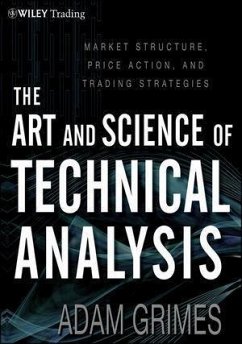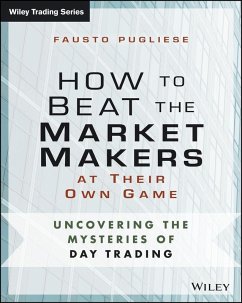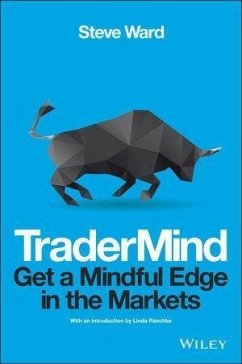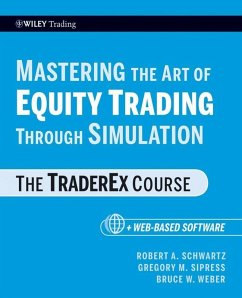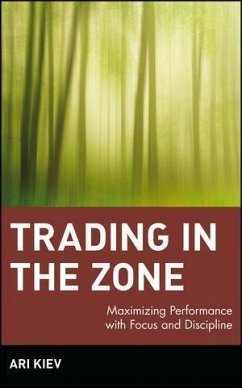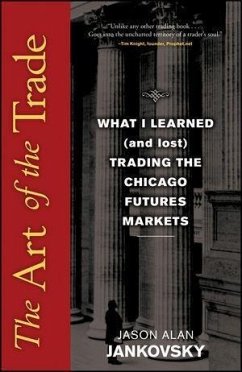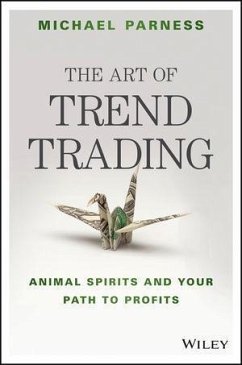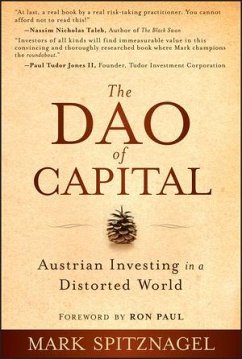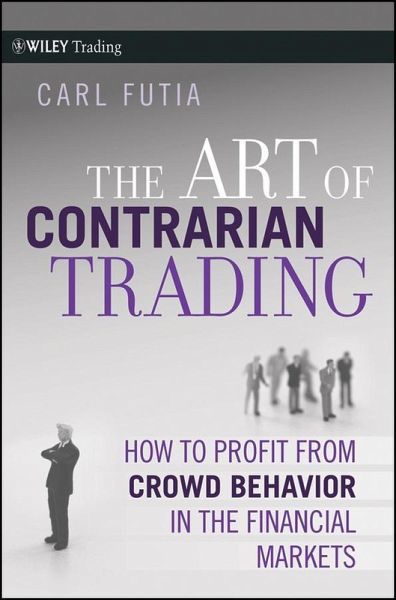
The Art of Contrarian Trading (eBook, PDF)
How to Profit from Crowd Behavior in the Financial Markets
Versandkostenfrei!
Sofort per Download lieferbar
38,99 €
inkl. MwSt.
Weitere Ausgaben:

PAYBACK Punkte
0 °P sammeln!
Why is it so hard to beat the market? How can you avoid getting caught in bubbles and crashes? You will find the answers in Carl Futia's new book, The Art of Contrarian Trading. This book will teach you Futia's novel method of contrarian trading from the ground up. In 16 chapters filled with facts and many historical examples Futia explains the principles and practice of contrarian trading. Discover the Edge which separates winning speculators from the losers. Find out how to apply the No Free Lunch principle to identify profitable trading methods. Learn about the wisdom and the follies of inv...
Why is it so hard to beat the market? How can you avoid getting caught in bubbles and crashes? You will find the answers in Carl Futia's new book, The Art of Contrarian Trading. This book will teach you Futia's novel method of contrarian trading from the ground up. In 16 chapters filled with facts and many historical examples Futia explains the principles and practice of contrarian trading. Discover the Edge which separates winning speculators from the losers. Find out how to apply the No Free Lunch principle to identify profitable trading methods. Learn about the wisdom and the follies of investment crowds - and how crowds are formed by information cascades that drive stock prices too high or too low relative to fair value. Discover the power of your Media Diary - and how to use it to spot these information cascades, measure the strength of the crowd's beliefs, and decide when the crowd's view is about to be proven wrong. You will watch Futia apply these principles of contrarian trading to navigate safely and profitably through the last 26 tumultuous years of roller coaster swings in the U.S. stock market - a time during which Futia kept his own media diary and developed his Grand Strategy of Contrarian Trading. See how this Grand Strategy worked during the Great Bull Market of 1982-2000. Watch the Contrarian Rebalancing technique in practice during the dot.com crash of 2000-2002. Find out when the Aggressive Contrarian Trader bought and sold during the bull market of 2002-2007. Read about the causes of the Panic of 2008 and ups and downs of contrarian trading during that dangerous time. Futia shows you how the market turning points during the 1982-2008 period were foreshadowed by magazine covers and newspaper headlines that astonishingly and consistently encouraged investors to do the wrong thing at the wrong time. By monitoring crowd beliefs revealed by news media headlines - and with the guidance provided by the many historical examples Futia provides - a trader or investor will be well-equipped to anticipate and profit from market turning points.
Dieser Download kann aus rechtlichen Gründen nur mit Rechnungsadresse in A, B, BG, CY, CZ, D, DK, EW, E, FIN, F, GR, HR, H, IRL, I, LT, L, LR, M, NL, PL, P, R, S, SLO, SK ausgeliefert werden.



